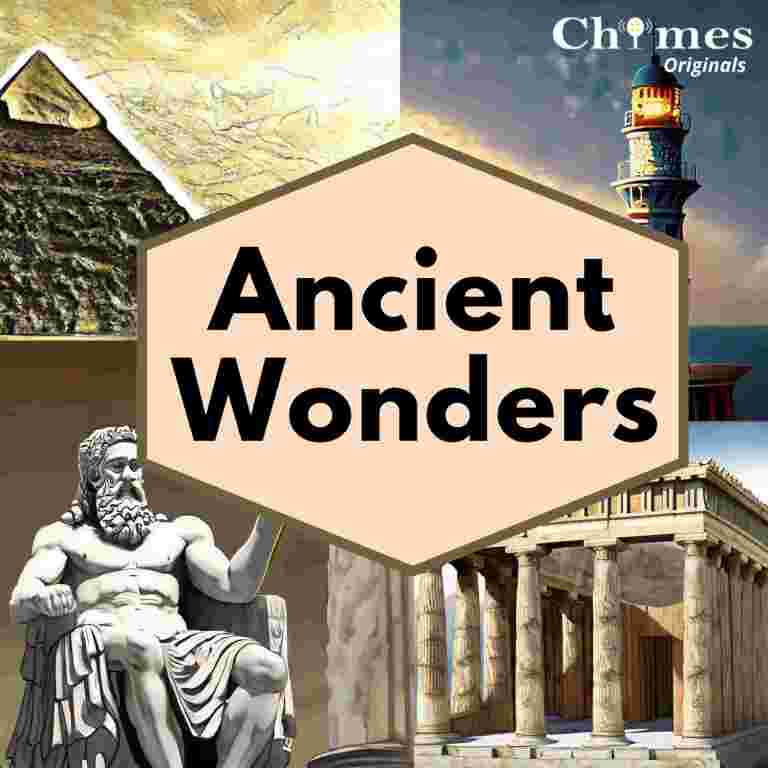What is Indus Valley civilization?
The Indus Valley Civilization (also known as harappan civilization or sindhu ghati sabhyta), is one of the world’s oldest and most enigmatic ancient societies, flourished around 3300 to 1300 BCE in the vast plains of what is now modern-day Pakistan and northwest India. Renowned for its remarkably planned cities, advanced sanitation, trade networks, and enigmatic script, this ancient civilization holds a pivotal place in human history. With its intricate urban planning, sophisticated craftsmanship, and a mysterious script yet to be fully deciphered, the Indus Valley Civilization captivates historians, archaeologists, and enthusiasts, offering a fascinating window into an ancient world that thrived along the banks of the mighty Indus River.
7 Facts About The Indus Valley Civilization
Advanced Urban Planning
The Indus Valley Civilization stands as a testament to remarkably advanced urban planning far ahead of its time. Its cities, notably Harappa and Mohenjo-Daro, were meticulously laid out with a level of sophistication that astounded archaeologists. The streets were organized in a grid pattern, intersecting at right angles, showcasing a well-thought-out urban design. The houses were constructed using standardized bricks, indicating a planned approach to construction. Furthermore, the cities boasted an advanced drainage system, with covered drains running parallel to the streets, emphasizing the importance given to sanitation and hygiene. The provision of individual bathrooms and an intricate network of water supply demonstrated an unparalleled understanding of public health for that era.
What’s truly remarkable is the uniformity in the construction of buildings, suggesting a centralized authority or planning committee governing the city’s development. The absence of stark wealth distinctions in architectural grandeur indicates a society where individuals lived in a more egalitarian manner compared to many other ancient civilizations. This level of urban planning was a pioneering achievement, showcasing the sophistication and progressive nature of the Indus Valley Civilization.
Continue Reading About Harappan Civilization Below>>
Undeciphered Script
The enigmatic Indus script remains one of the most tantalizing mysteries of the ancient world. Discovered on seals, pottery, and other artifacts, this unique form of writing has confounded experts for decades. Consisting of intricate symbols, it is one of the few ancient scripts that have not been deciphered, adding to the allure of the Indus Valley Civilization. Despite numerous attempts by linguists, archaeologists, and historians, the script’s meaning and the language it represents remain elusive, hindering a comprehensive understanding of the civilization’s written records and communication systems.
The script comprises hundreds of distinct characters, indicating a sophisticated writing system that possibly served administrative, trade, or religious purposes. The absence of a bilingual inscription or any Rosetta Stone equivalent has made it immensely challenging to decode. However, ongoing research, advancements in technology, and interdisciplinary studies continue in the hopes of one day unlocking the secrets held within this ancient script, which could potentially unveil vital aspects of the civilization’s history, culture, and societal structure.
Continue Reading About Harappan Civilization Below>>
Artistic And Technological Achievements
The Indus Valley Civilization demonstrated an extraordinary level of artistic and technological prowess. Their artifacts, such as pottery, jewelry, seals, and sculptures, reflect a high degree of craftsmanship and aesthetic sensibility. Intricately carved seals, often depicting animals or human-like figures, showcase a keen eye for detail and artistic finesse. Moreover, the use of various materials like terracotta, steatite, and metals to create these artifacts demonstrates a level of technological advancement that was well ahead of its time.
Furthermore, the civilization’s use of standardized weights and measures suggests a sophisticated understanding of trade and commerce. The precision and consistency in these measurements highlight a society that valued accuracy and efficiency in its economic activities. The advancements in artistry and technology not only reflect the creative abilities of the Indus people but also indicate a society that was organized, skilled, and innovative in various facets of their daily lives.
Continue Reading About Harappan Civilization Below>>
Trade Network
The Indus Valley Civilization boasted an extensive and sophisticated trade network that spanned vast geographical regions. Archaeological findings of artifacts such as beads, pottery, and seals indicate trade connections with regions as distant as Mesopotamia, modern-day Iran, Afghanistan, and the Arabian Peninsula. The discovery of these artifacts in far-off areas suggests the existence of thriving trade routes that connected the Indus Valley with other ancient civilizations. Notably, the seals discovered in Mesopotamia point to a flourishing exchange of goods, highlighting the economic significance and interconnectedness of the Indus Valley with distant cultures.
This trade network likely played a crucial role in the prosperity and development of the civilization. The exchange of goods, ideas, and technologies would have contributed to cultural diffusion and economic growth, fostering a diverse and rich societal tapestry. The artifacts found in different regions offer insights into the extensive trade relations that the Indus Valley Civilization maintained, shedding light on their economic strength and global interactions during that era.
Society And Political System
The society and polity of the Indus Valley Civilization remain a subject of ongoing research and intrigue. While the absence of monumental structures, such as grand palaces or temples, hints at a relatively egalitarian society, the uniformity of housing and the lack of evidence of ostentatious living spaces for rulers imply a social equality uncommon in many other ancient civilizations. This suggests a society in which individuals lived in a more communal and equitable manner, where the distinctions of wealth and power were not as pronounced as in other contemporaneous societies.
The precise political structure of the Indus Valley Civilization remains elusive, primarily due to the limited decipherment of their script and the absence of clear historical records. It is presumed that these cities had some form of governance or administration, given the sophisticated urban planning, trade networks, and standardization of weights and measures. However, the exact nature of their political system, rulers, and how decisions were made remains a topic of debate and continued research among historians and archaeologists. The mystery surrounding the societal and political organization of the Indus Valley Civilization adds to the allure of this ancient culture, leaving historians with a fascinating puzzle to unravel.
Advanced Drainage Systems
The Indus Valley Civilization is renowned for its remarkably advanced urban planning, particularly its sophisticated drainage system. The cities, such as Mohenjo-Daro and Harappa, were equipped with an intricate network of covered drains that ran parallel to the streets, showcasing an unparalleled understanding of sanitation and hygiene for its time. These covered drains, made of carefully crafted bricks, were a pioneering feat, efficiently managing wastewater and sewage disposal, underscoring the civilization’s focus on public health and cleanliness.
The layout of these drains in a grid-like pattern throughout the cities, and their connection to public and private bathing areas, lavatories, and wells, reflected a meticulously planned infrastructure. This sophisticated drainage system not only highlights the technological expertise of the Indus Valley people but also underscores their emphasis on maintaining a hygienic and well-organized urban environment, a testament to their advanced civic planning and engineering capabilities.
Mysterious Decline
The mysterious decline of the Indus Valley Civilization remains a subject of significant debate among scholars and archaeologists. Around 1900 BCE, this once-thriving civilization, with its planned cities and flourishing trade, encountered a puzzling collapse. Several theories have been proposed to explain this enigmatic decline. Some suggest that climate change, such as a shift in the course of the Indus River or a drying of the Ghaggar-Hakra River, might have led to agricultural issues and subsequent societal upheaval.
Others propose the possibility of invasions or conflicts, evidenced by evidence of destruction in some urban areas. Internal social or economic struggles, changes in trade routes, or even epidemics have also been posited as potential factors in the civilization’s downfall. The absence of a single dominant theory has made unraveling the cause of the Indus Civilization’s decline a challenging and ongoing endeavor, leaving this ancient culture’s fate shrouded in mystery and open to interpretation.
FAQ'S About Indus Civilization
When did the Indus Civilization flourish?
The Indus Civilization flourished from 2500 BCE to 1900 BCE.
What is the most famous site associated with the Indus Civilization?
The Harappan city of Mohenjo-daro, which is a UNESCO World Heritage Site.
What is the most significant invention attributed to the Indus Civilization?
The invention of the wheel, which revolutionized transportation and trade.
What is the most famous artifact associated with the Indus Civilization?
The seal of the Indus Valley, which is a symbol of the civilization and its advanced culture.
Mughal Empire: A Tale of Power and Prosperity
Mughal Empire A Glorious Tale of Power and Prosperity Mughals:

Bermuda Triangle: Mystery That Would Blow Your Mind
BERMUDA TRIANGLE: Beyond Belief Mysteries For Tons of Kids Stories


Seven Ancient Wonders Of The World
Seven Ancient Wonders Of The World Listen To Ancient Wonders







